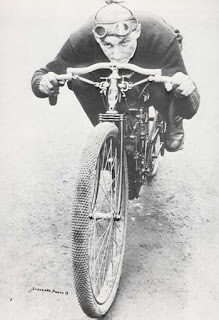I have a love hate relationship with airbrushing acrylics. I'll spend hours masking a model, then get my spray booth out. I'll put the model on something that allows me to spray it hands free. Well I'll try to, sometimes trying to do this can be an exercise in frustration leading to giving up and you eventually hold the darned thing. I've sometimes placed the model I'm painting on a lazy susan, taped or somehow attached it thinking it was secure, to then find it shooting off the stand as soon as I start spraying... usually hitting something on the side where the paint is still wet. #&*()
Then comes mixing the paint to the correct consistency I do this usually in the paint cup if its a straight mixture or in a mixing bottle if it takes more than one colour to get the eventual colour I need. I thin then thin some more got to get to the consistency of milk (ah but is that 3% 2% or .001% lol. Depending on which airbrush I'm using I'll set the air pressure appropriately. My Iwata HPC which has a .035 needle, sprays thin lines at 10 psi and is very controllable, my Badger Universal has a .050 needle and will empty its paint cup in seconds flat at this pressure, so that one has to be lower if I'm doing detail work. Although since the Iwata is my favorite (it cleans much faster) I'm usually close to what I need at 10 psi
Then I start spraying, sometimes the entire session goes fine. Sometimes the Acrylic gremlin creeps in. Acrylics work by forming a skin over what you paint. The only problem with this is they will do this to the needle in the airbrush in seconds flat if you are not carefull with your paint thinning. This then gums up the works and your entire session with that paint colour will be spent overcoming this. This means you have to really thin the paint, but if you go too far you end up with watery paint that wont adhere consistently. So you're always on that knife edge too thick and the airbrush blocks, to thin and you end up with water with little bits of paint in it. This to say the least can get very frustrating, you spend hours getting prepared, then spend 5 , 10 minutes getting paint to go on right. Then for the next few minutes everything is heaven until you guessed it, the paint starts to skin on the needle. I've found blasting the airbrush full open or putting the tip in a dish of water then spraying it clear can work. Sometimes you have to realise the acrylic gods are not with me today, pack the brush up have tea etc, and come back later. Of course you have to clean up prior to this, which is like adding insult to injury......
Ah for the old days of spirit based paints tht sprayed wonderfully and you got a chemical high tooo ;)
Saturday, December 30, 2006
Subscribe to:
Post Comments (Atom)

No comments:
Post a Comment